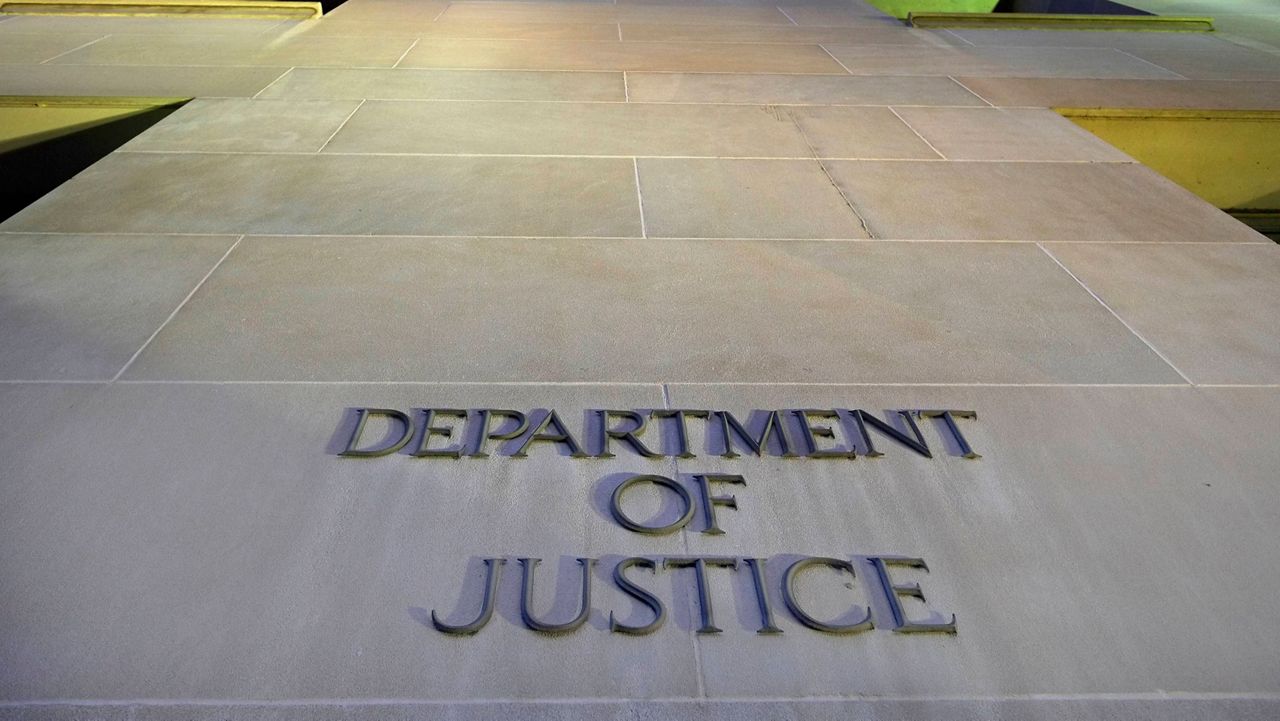LOS ANGELES — Los Angeles is known as a city of suburbs, connected through freeways.
Reliance on cars is often seen as central to LA’s DNA. With such a heavy reliance on cars, a large amount of space is taken up by parking.
What You Need To Know
- According to data aggregated by the UCLA and Arizona State University, on-street parking takes up over 5,000 acres in Los Angeles, streets take up over 55,000 acres
- Michael Schneider sees all the space as an opportunity
- Streets for All organization helped to get the city to implement the Slow Streets program throughout Los Angeles
- Schneider is embarked on his most ambitious project yet, 25 x 25 a campaign to return 25% of LA street space back to Angelenos by 2025.
According to data aggregated by the University of California Los Angeles and Arizona State University, on-street parking takes up over 5,000 acres in Los Angeles, streets take up over 55,000 acres.
Michael Schneider sees all the space as an opportunity. He is the founder of Streets for All, an organization that works to make streets more accessible for all modes of transportation like walking, biking, buses and cars.
Walking along Larchmont Boulevard in West LA, Schneider pointed out how the space could be reimagined.
“It’s just not that pleasant to walk on and be on. This street would be so much better if it had more people space. If it had protected bike lanes so the community could actually get here without having to drive, you wouldn’t need all these parking spaces,” he said.
Schneider and the Streets for All organization helped to get the city to implement the Slow Streets program throughout Los Angeles, blocking certain streets off to most traffic. Slow Streets allowed residents of different neighborhoods to use their streets more like parks, as places to meet, walk and spend time outside — particularly helpful during the pandemic.
Now, he’s embarked on his most ambitious project yet, 25 x 25 a campaign to return 25% of LA street space back to Angelenos by 2025.
“When I say back to people, I mean people uses, not just car uses, so plazas, slow streets, outdoor dining, bus lanes, bike lanes,” Schneider said.
Some LA City Council members have already signed on to support the campaign. Others who are currently running have promised to support the 25 x 25 campaign if elected.
“We are asking elected officials to implement 25 x 25 in their realm if they get elected. When they get into office, we will give them a list of suggestions on how they can accomplish that largely based on the mobility plan,” he said.
Schneider and the Streets for All team have created mock-ups of the street spaces to give examples of how they can be changed to accommodate more space for people.
While a less car-dependent Los Angeles might sound radical, transport historian Michael Cahn said in the past, LA streets were a space for everyone.
“Since the 1900s when cars took over our streets and occupied our streets, we lost a third of our space to cars, and a third to the parking of cars … we take it for granted today but it was a space that once belonged to people,” he said.
Cahn predicts that if streets are more evenly distributed for different modes of transportation, vehicles will become slower, and “other modes of transportation will become more attractive,” he said.
But not everyone is thrilled at the thought of reducing car space in Los Angeles.
Sergio Boccato has owned Larchmont Village Wine, Spirits & Cheese on Larchmont Boulevard for 27 years. He said parking is essential for his business.
“The biggest and largest issue has always been parking, it’s always been a complaint with customers and people that there was never enough parking on the street to begin with,” said Boccato.
To Boccato, the idea of a more public transport friendly city is nice in theory, but the reality seems far-fetched.
“People aren’t going to hop on a bus to come to one destination and come back, or if they’re on their way somewhere, this won’t be a pit-stop,” he said.
Schneider said he knows it’s unlikely Angelenos would give up their cars but is asking for a shift in mindset about how we view and use our streets and roads.
“We live in an urban city but the more you can bring park space and people space and not get rid of cars but just slow them down and make more space for people, you can create a much for pleasant living environment,” he said.











